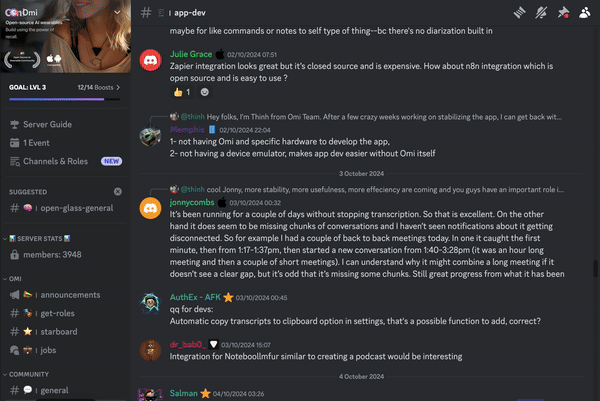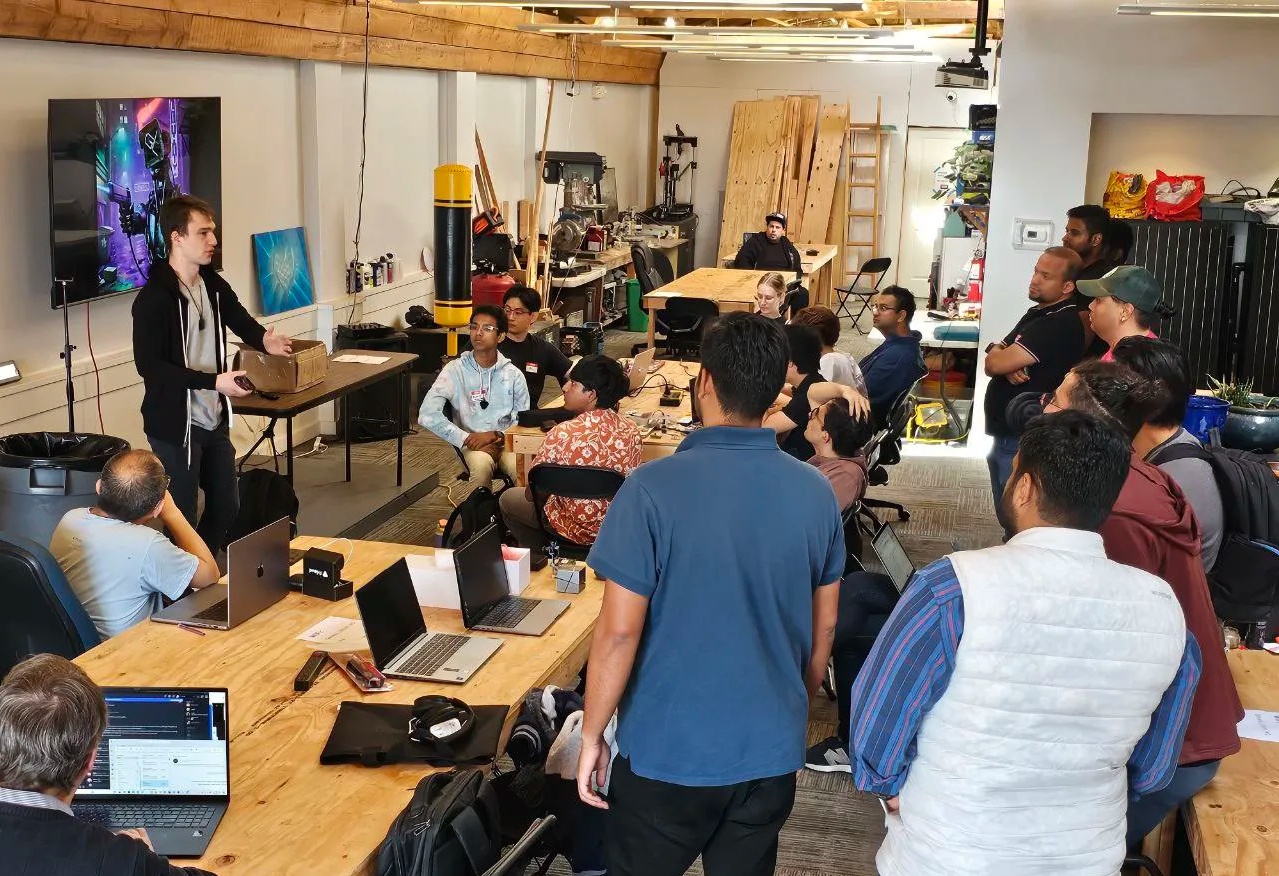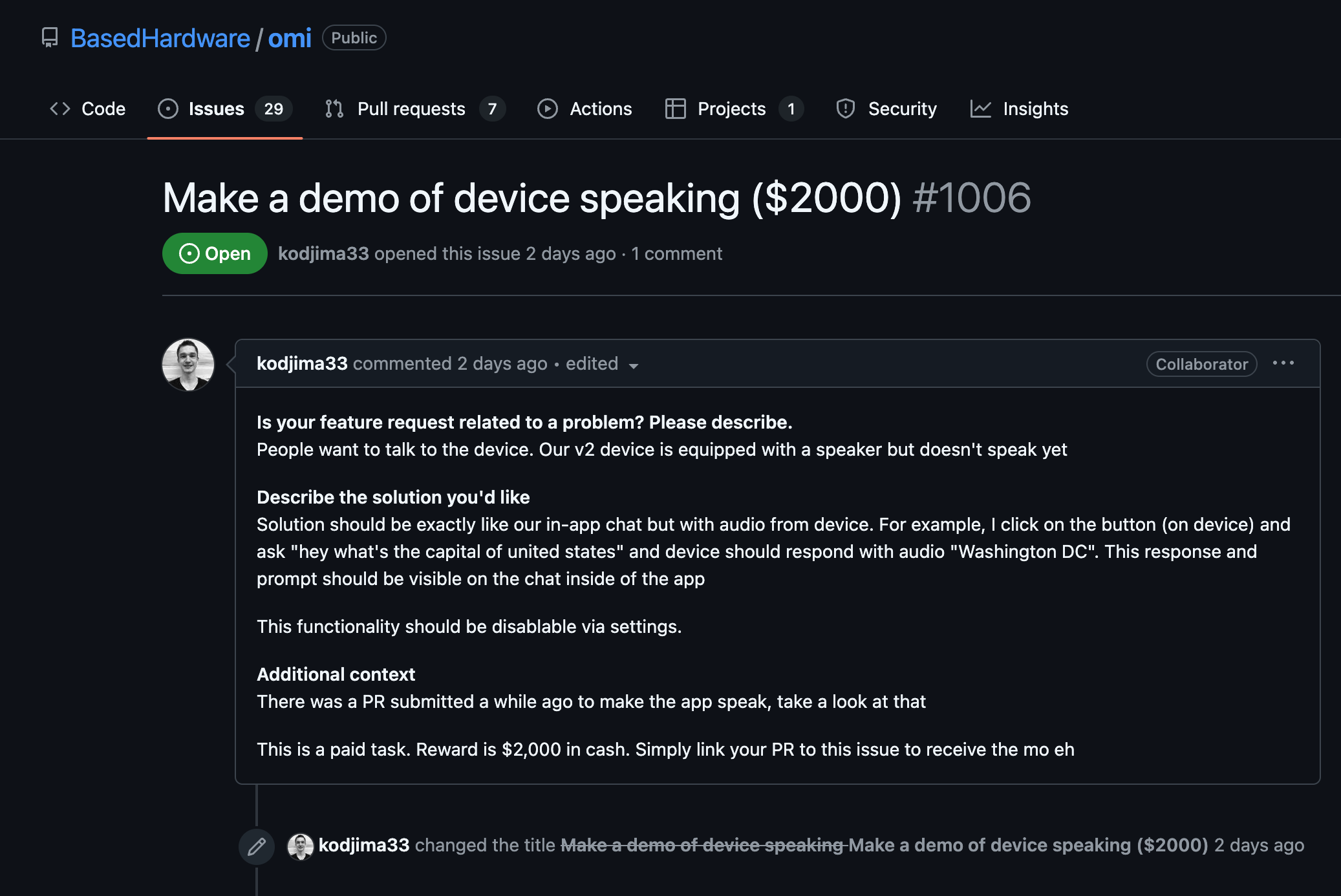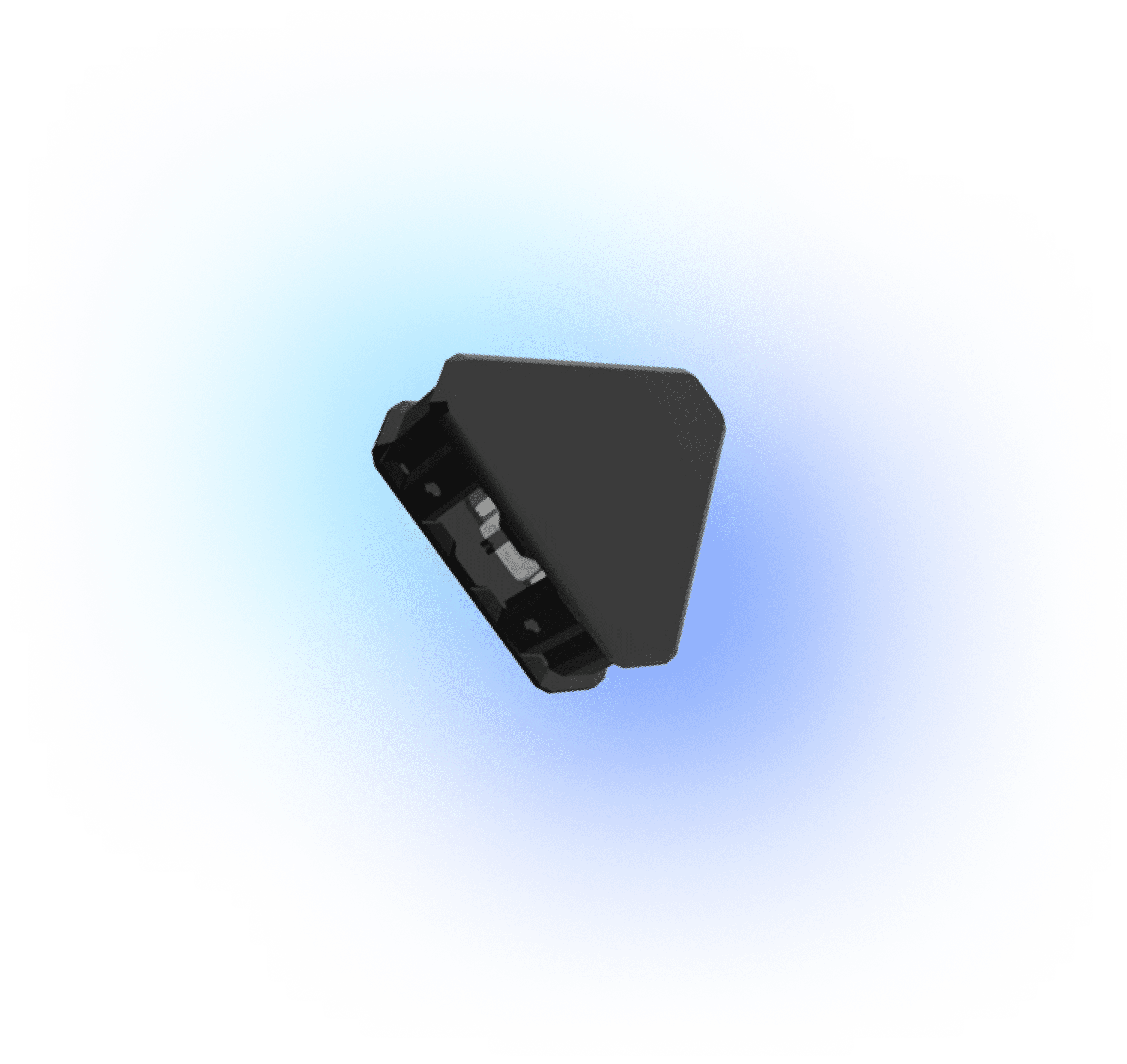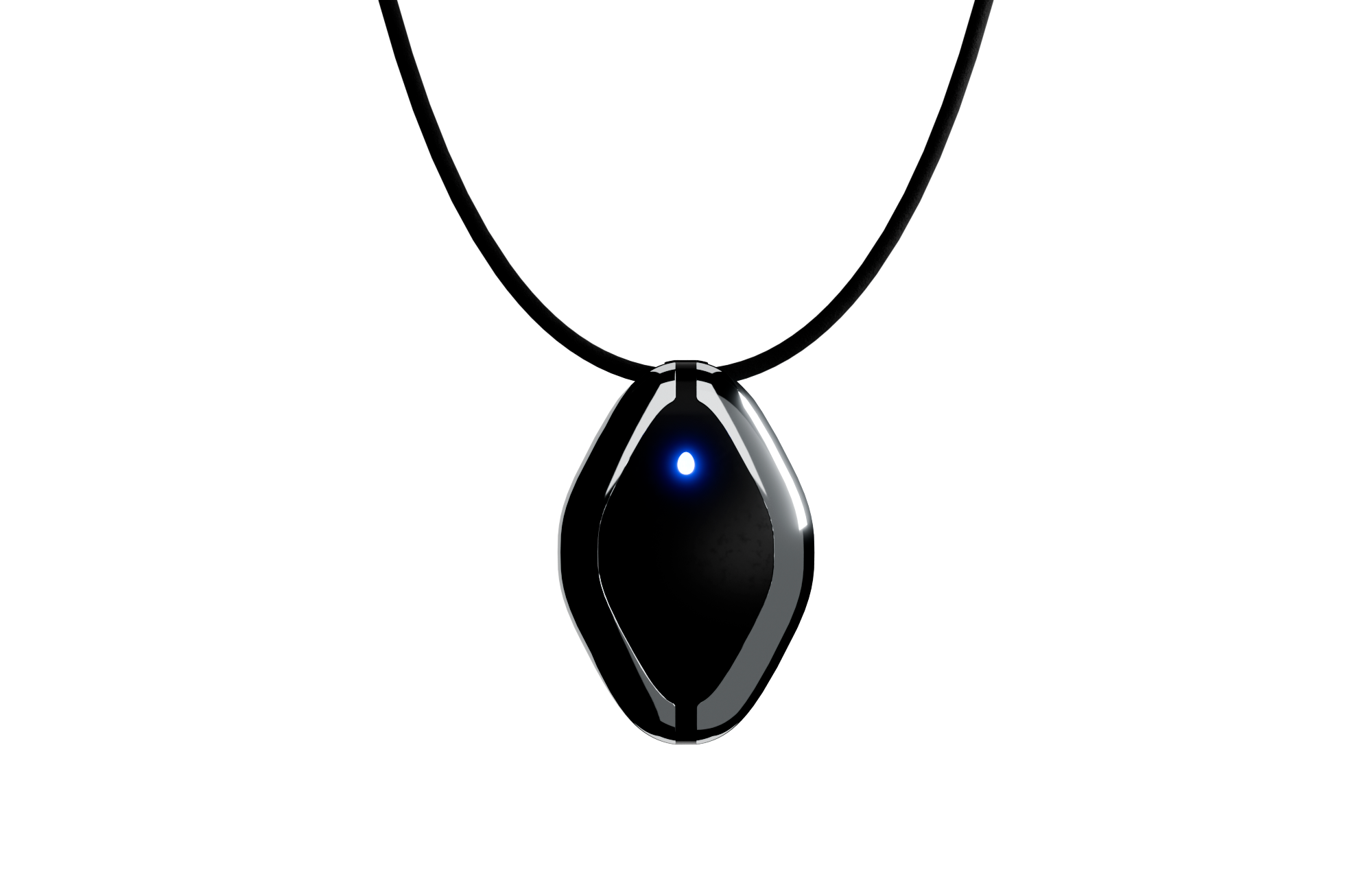Integrate Google Places API in Your Android App
- Start by adding the necessary dependencies to your `build.gradle` file. You'll need the Google Play Services Places SDK:
implementation 'com.google.android.libraries.places:places:2.5.0'
- After adding the dependency, synchronize your project to ensure everything is correctly compiled.
- Ensure that you have an API key, and include it in your `AndroidManifest.xml` file within the `` tag:
<meta-data
android:name="com.google.android.geo.API_KEY"
android:value="YOUR_API_KEY"/>
Initialize the Places API
- First, initialize the Places SDK in your `onCreate()` method of your main activity or any application class you use for setup:
if (!Places.isInitialized()) {
Places.initialize(getApplicationContext(), "YOUR_API_KEY");
}
// Create a new PlacesClient instance
PlacesClient placesClient = Places.createClient(this);
Request Nearby Places
- Use `PlacesClient` to request nearby places. You'll need to specify the location and radius for the search. Consider using `FusedLocationProviderClient` to get the current location:
FusedLocationProviderClient fusedLocationClient = LocationServices.getFusedLocationProviderClient(this);
fusedLocationClient.getLastLocation()
.addOnSuccessListener(this, location -> {
if (location != null) {
// Define a Place Field List
List<Place.Field> placeFields = Arrays.asList(Place.Field.ID, Place.Field.NAME);
// Create a FindCurrentPlaceRequest with the list of place fields
FindCurrentPlaceRequest request = FindCurrentPlaceRequest.newInstance(placeFields);
// Call findCurrentPlace and handle the response or exception
placesClient.findCurrentPlace(request).addOnSuccessListener((response) -> {
for (PlaceLikelihood placeLikelihood : response.getPlaceLikelihoods()) {
Log.i(TAG, String.format("Place '%s' has likelihood: %f",
placeLikelihood.getPlace().getName(),
placeLikelihood.getLikelihood()));
}
}).addOnFailureListener((exception) -> {
if (exception instanceof ApiException) {
ApiException apiException = (ApiException) exception;
Log.e(TAG, "Place not found: " + apiException.getStatusCode());
}
});
}
});
Display Nearby Locations
- Once you have received the place results, you can display them using a `RecyclerView` or a simple `ListView`. Create a custom adapter that inflates a layout for each place item, which might include the name and other relevant information.
public class PlaceAdapter extends RecyclerView.Adapter<PlaceAdapter.ViewHolder> {
private List<PlaceLikelihood> placeList;
// ViewHolder and adapters
@Override
public void onBindViewHolder(@NonNull ViewHolder holder, int position) {
PlaceLikelihood placeLikelihood = placeList.get(position);
holder.placeName.setText(placeLikelihood.getPlace().getName());
}
}
- Instantiate the adapter in your activity or fragment and set it to the RecyclerView:
RecyclerView recyclerView = findViewById(R.id.recycler_view);
PlaceAdapter adapter = new PlaceAdapter(placeList);
recyclerView.setAdapter(adapter);
Handle Permissions
- Ensure you have the necessary permissions added to your `AndroidManifest.xml` for accessing location:
<uses-permission android:name="android.permission.ACCESS_FINE_LOCATION" />
<uses-permission android:name="android.permission.INTERNET" />
- Additionally, request location permissions at runtime if your app targets Android 6.0 (Marshmallow, API level 23) or higher:
if (ContextCompat.checkSelfPermission(this, Manifest.permission.ACCESS_FINE_LOCATION)
!= PackageManager.PERMISSION_GRANTED) {
ActivityCompat.requestPermissions(this, new String[]{Manifest.permission.ACCESS_FINE_LOCATION}, REQUEST_LOCATION_PERMISSION);
}
This guide should help you integrate and display nearby places in your Android application with the Google Places API. Adjust parameters like radius and location fields to tailor the experience to your needs.
